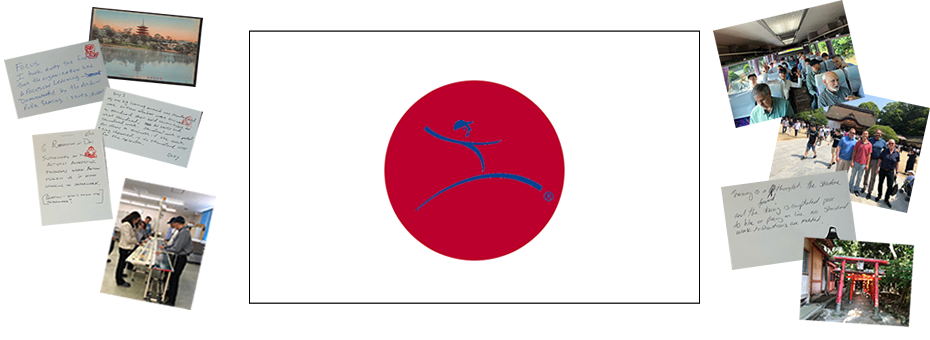Today the learning group took a deep dive into the relationship between improving the work and developing people at the Miyata Plant. Specifically, we explored jishuken – an approach to problem solving that ties robust problem-solving to corporate objectives. We were also introduced to karakuri, a topic of this previous Post.
Small kaizen ideas that reduced setup time by 8 seconds could be tied back to the large corporate objective.
In addition to the technical problem solving, the jishuken also measured the development of the people participating in the activity. The press shop had identified 77 capabilities critical to stamping and measured a current condition (pre-jishuken) with a new condition (post-jishuken).
Is Toyota improving productivity or developing people? What we saw today suggests not just that the answer is both but that the two are inseparable.
The postcards (above) share some of the key lessons learned by the individual members of our group today. Please enjoy the slides, which contain insights such as the following:
- “The simplest, most common sense way is usually the best way. Don’t get cute.”
- “Accumulation of small kaizens allows you to achieve your target.”
- “Today was overwhelmingly about creativity over capital. Not only is it a dollar savings but it gets everyone involved and learning together.”
- “By measuring competence as not the ability to perform a task, but to solve a problem, you create a self-sustaining system in which everyday problems are solved and at the same time people are being developed.”
- “Karakuri exercises the mind and binds the team as well as gives hope and control to the line worker.”
- “Toyota demonstrates respect for people by challenging them and then empowering them to improve their own work, making it easier and safer. Everyone wins—Toyota wins.”
–Matt Savas





